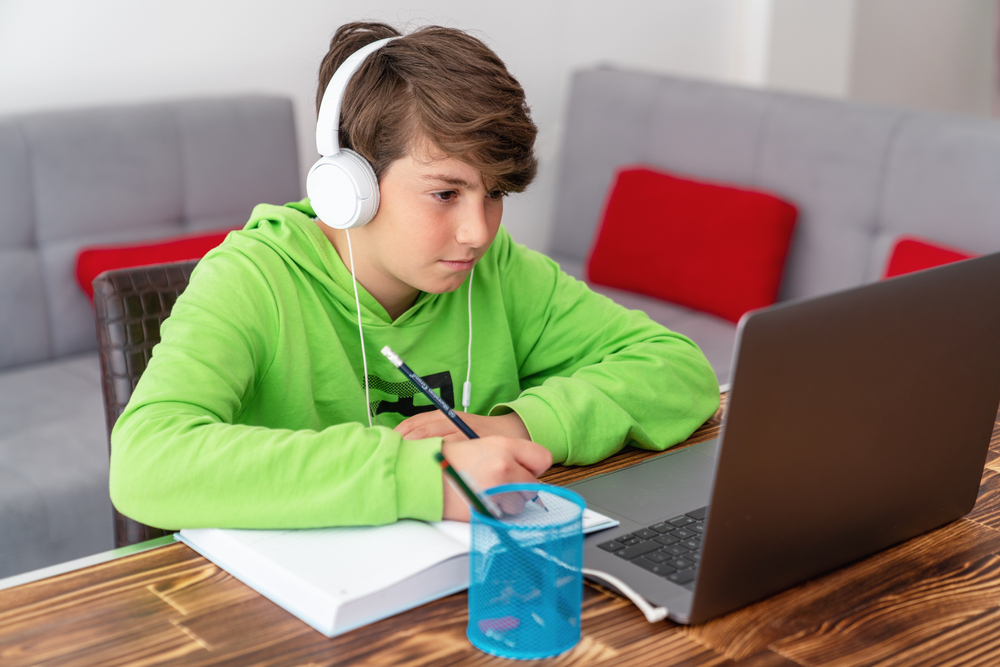Put away the screens for a while & get moving instead
Tablets. Phones. Computers. TVs. Both adults’ and kids’ screen time is on the rise. While it’s OK to take some time for self-care or lounging, it’s also important to remember that too much screen time can have significant negative effects on our health and overall well-being, especially when it comes to our kids.
As a way of coping with drastic changes to our schedules, staying connected with those we love and for escapist entertainment, families across the globe are spending more time in front of screens. For optimal health, children and youth should be encouraged to limit their recreational screen time to two hours per day.
We must be aware of the potential impacts it can have on those 18 and under, like poor sleep habits, lower energy levels and decreased focus on their studies. Not to mention, while kids use screens, they’re more likely to eat unhealthy snacks (high in sugar, fat and salt) and drink higher amounts of sugar-containing beverages.

How physical activity can help reduce kids’ screen time

Whether it be for entertainment, communication or online learning, kids are spending a lot of time plunked in front of screens, which interferes with their ability to get the minimum 60 minutes of moderate-to-vigorous physical activity needed every single day.
When kids have the ability to hit that recommended amount of daily movement, they open themselves up to a number of proven health benefits that would otherwise be missed with too much time spent being sedentary, such as more energy, improved cognitive ability and creativity, and boosted mood.
There is no getting around the fact that kids will spend time in front of screens. But with physical activity worked into their daily routines, we can give our kids every opportunity to live their best and happiest lives possible.
To help everyone be less sedentary, move a little more and spend less time in front of screens, we’ve put together a few simple yet effective strategies:
- Do what you can to monitor personal screen use in front of kids. Families are one of the biggest influencers when it comes to kids’ activity levels and screen use: if parents model healthy screen use, their children learn how to appropriately use screens themselves.
- Prioritize screen-free times, including during meals and at bedtime. When those special moments are screen-free, families connect with fewer distractions and children even eat better and can better attend to their own hunger. Likewise, screen-free bedtimes let parents connect with their children through reading or storytelling and prevents the disruption of children’s sleep patterns and quality.
- Incorporate physical activity while using screens (e.g., exergaming, standing while using hand-held screens, live or online workouts, etc.). When screen use mixes in some movement, time spent sitting is naturally cut down.
- Aim for at least a bit of screen-free playtime a day while interacting or playing with young children. When parents interact with their kids without screens, parents tend to be more engaged and empathetic.
- Try to use your best judgment when it comes to what your kids are watching. Limit screen content that is perceived as upsetting or anxiety-provoking.
Over the p couple of years, our many devices have been invaluable tools that have kept us connected with our families, friends and the outside world. But we still need to be aware of the negative impacts of too much screen use while understanding the amazing benefits that physical activity can provide if incorporated into our daily routines.









